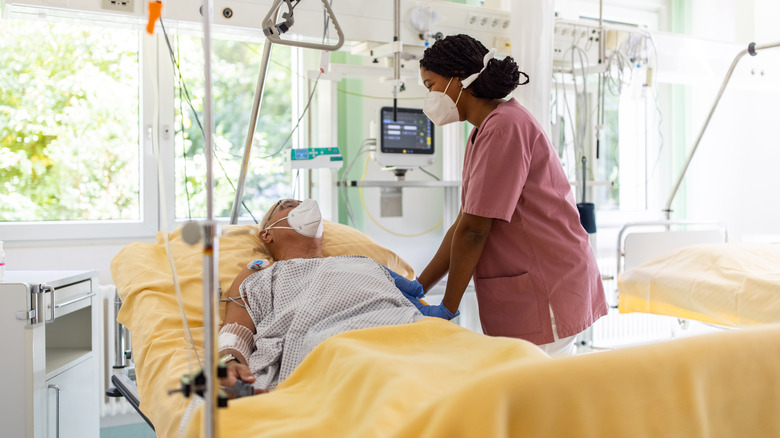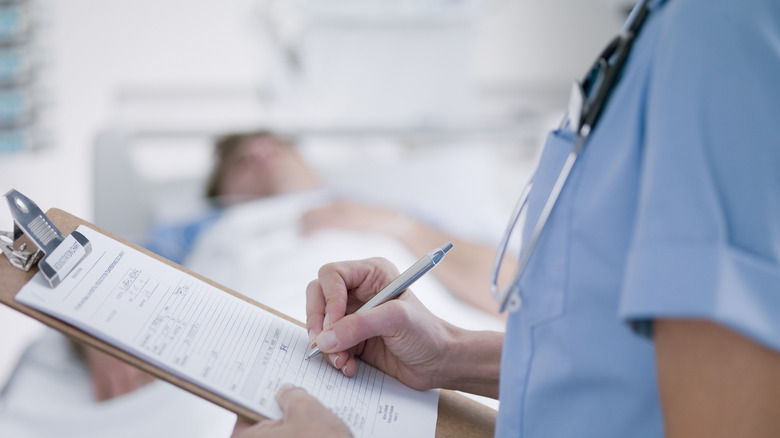Septic Shock Death Timeline Explained
When you develop an infection, your immune system goes to work fighting the harmful invader. In some cases, your immune system goes into overdrive and begins to attack your organs and other tissues. This condition is called sepsis.
Although sepsis advances through several stages, its last stage, septic shock, can be fatal. In the first stage, people could experience symptoms such as shallow breathing, rapid heart rate, or a change in body temperature. The body is responding to an infection, so you might have a high or low white blood cell count. You'll experience extremely low blood pressure in the second stage. As blood has a hard time flowing through your organs, you could see a change in your mental state, abdominal pain, or problems breathing.
Septic shock is the final progression of sepsis, and the blood pressure drops dangerously low even if medical staff administers fluids to raise blood pressure. The higher levels of lactate in the blood make it more difficult for oxygen and blood to flow through the body. At this stage, you're at a 30% to 50% likelihood of death (per NewsMedical).
Causes and risks of septic shock
Sepsis can result from infections of the lungs, kidney, digestive system, or bloodstream. Pathogens spread through healthcare settings can often become resistant to antibiotic treatments and result in septic shock. These antibiotic-resistant pathogens are more likely to result in sepsis-related death. The World Health Organization (WHO) says that 15 out of 1,000 people who are hospitalized can develop sepsis.
Septic shock can occur in anyone, but it's more common among people who are over 65 or very young because they're at a higher risk for an infection. The WHO says that children under 5 account for almost half of the sepsis patients around the world. You could also be more at risk for septic shock if you have a weakened immune system through human immunodeficiency virus (HIV) or cancer treatment. Going through an extended hospital stay; taking corticosteroids or antibiotics treatments; or having chronic diseases such as diabetes can increase your risk for infection and subsequently septic shock.
Diagnosis and treatment for sepsis and septic shock
Before your body reaches septic shock, it's important to diagnose sepsis early. The Sepsis Alliance uses the mnemonic "TIME" to help remember the key symptoms: a higher or lower temperature, the presence of an infection, mental decline, and being extremely ill. If any of these are present, a doctor will order tests to look for infection, low blood oxygen levels, or dysfunction of your liver or kidneys. A urinalysis or imaging tests could also diagnose sepsis.
A sepsis diagnosis usually means a trip to the intensive care unit. Medications can help fight the infection, and intravenous fluids and vasopressors are needed to bring the low blood pressure back to normal. Sepsis might also require supplemental oxygen to improve breathing. People in septic shock might need a ventilator or dialysis. The likelihood of surviving septic shock can depend on the extent of organ damage, the speed of treatment upon diagnosis, and the overall health of the person.


